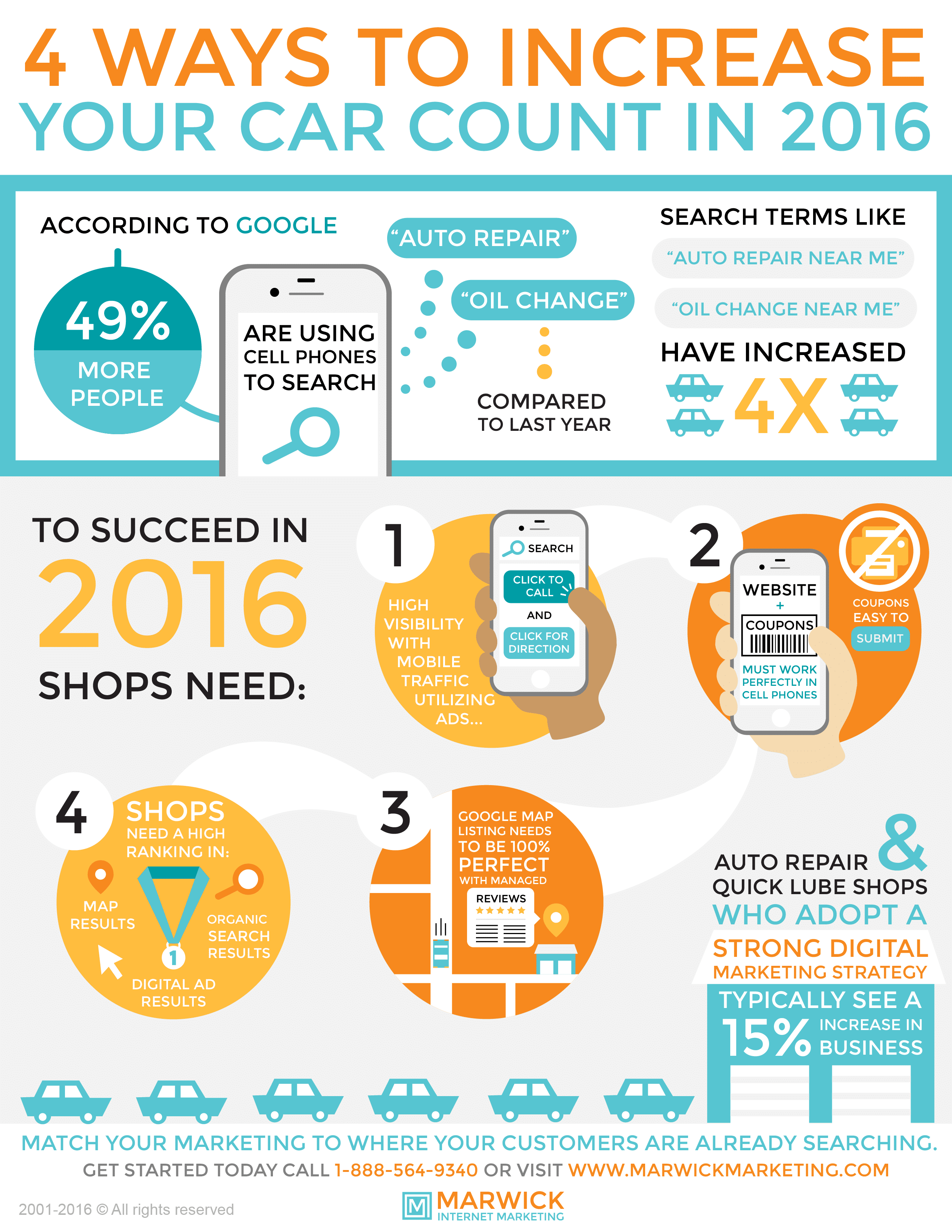Understanding The Relevance Of Your Car'S Warning Signals: What They In Fact Stand For
Understanding The Relevance Of Your Car'S Warning Signals: What They In Fact Stand For
Blog Article
Posted By-Termansen Forbes
When you lag the wheel, those beautiful caution lights on your control panel can be a little bit complicated. Do you understand what they're trying to tell you concerning your cars and truck's wellness? Understanding the relevance of these lights is essential for your safety and the longevity of your car. So, the next time one of those lights turns up, wouldn't you intend to analyze its message precisely and take the needed steps to resolve it?
Common Warning Lighting and Interpretations
Determine usual warning lights in your auto and recognize their significances to make sure safe driving.
The most typical warning lights include the check engine light, which signals concerns with the engine or emissions system. If this light begins, it's vital to have your car inspected quickly.
The oil pressure alerting light suggests low oil pressure, requiring immediate focus to prevent engine damages.
A blinking battery light might suggest a defective billing system, possibly leaving you stranded otherwise dealt with.
The tire pressure surveillance system (TPMS) light informs you to low tire pressure, influencing automobile security and gas effectiveness. Ignoring this can cause hazardous driving conditions.
The abdominal light indicates an issue with the anti-lock stopping system, compromising your capability to quit swiftly in emergency situations.
Last but not least, the coolant temperature alerting light warns of engine getting too hot, which can lead to severe damages otherwise resolved promptly.
Recognizing these usual warning lights will aid you deal with issues promptly and keep safe driving problems.
Value of Prompt Focus
Comprehending the usual caution lights in your cars and truck is just the initial step; the relevance of immediately attending to these cautions can't be stressed enough to guarantee your safety when driving.
When a caution light brightens on your dashboard, it's your cars and truck's way of communicating a possible problem that needs interest. Overlooking these cautions can cause more extreme troubles later on, compromising your safety and security and possibly costing you a lot more in repairs.
Motivate attention to alerting lights can stop failures and accidents. For instance, a flashing check engine light could indicate a misfire that, if left ignored, might trigger damages to the catalytic converter. Addressing this without delay can conserve you from a costly fixing.
In a similar way, a brake system warning light may signal reduced brake liquid or used brake pads, crucial components for your security when driving.
DIY Troubleshooting Tips
If you observe a caution light on your dashboard, there are a couple of DIY repairing ideas you can try before seeking professional assistance.
The very first step is to consult your car's handbook to comprehend what the specific caution light indicates. In some cases the issue can be as basic as a loosened gas cap triggering the check engine light. Tightening up the gas cap might resolve the issue.
One more typical issue is a reduced battery, which can cause various cautioning lights. Examining the battery connections for corrosion and guaranteeing they're protected may deal with the issue.
If a caution light persists, you can attempt resetting it by separating the vehicle's battery for a few minutes and afterwards reconnecting it. Furthermore, checking https://www.consumerreports.org/used-cars/how-to-buy-a-used-car/ , such as oil, coolant, and brake fluid, can aid troubleshoot cautioning lights connected to these systems.
https://devinkgzun.sharebyblog.com/30162162/comprehending-your-car-s-warning-lighting-what-do-they-really-mean
In conclusion, comprehending your vehicle's warning lights is important for keeping your car running efficiently and securely. By immediately dealing with these signals and recognizing what they suggest, you can avoid expensive repair services and prospective malfunctions.
Remember to consult your vehicle's manual for specific details on each alerting light and act as necessary to guarantee a trouble-free driving experience.
Stay informed, remain secure on the road!
